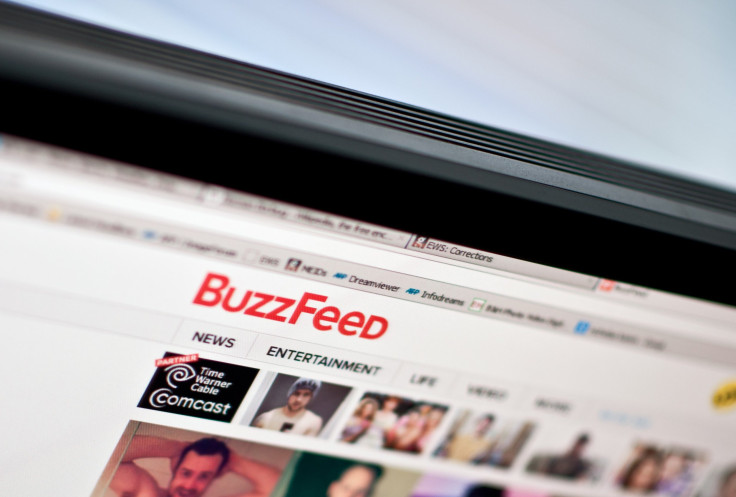BuzzFeed’s Recipe For Success Has Made It The King Of Food Videos, But Will Advertisers Bite?

BuzzFeed is looking to whet marketers’ appetites, and what better way to do that than with more food videos?
The digital colossus, now drawing more than one-half of its 7 billion monthly content views with videos, served up a cuisine-heavy exhibition Monday at its annual NewFronts presentation to advertisers. The presentation focused heavily on BuzzFeed’s foodcentric video network Tasty, which is already hauling in 360 million views every month, despite being less than a year old. It also showed that BuzzFeed is beginning to increasingly behave like a traditional media company, selling traditional sponsorships of its growing lineup of original series.
But food was the main course at the presentation. Tasty started out as a BuzzFeed vertical with high-speed instructional videos and grew out of the creative confines imposed by Facebook, which plays videos automatically, without any sound, in its users’ newsfeeds.
That appeared to give BuzzFeed a ripe opportunity to launch something instructional and food-related, and, in the space of just a few months, it’s roared past upstarts such as Tastemade and legacy players such as Bon Appetit to become the 800-pound gorilla in the space.
“We didn’t mean to become the largest food platform in the world,” BuzzFeed Motion Pictures President Ze Frank told the audience Monday afternoon. “But we are.”

Although only a small handful of brands can tap into food as an opportunity for sponsored content, it looks like Tasty is already great at making it. BuzzFeed presented a case study that showed how an “unboxing video,” or a native advertisement designed to display the capabilities of an Oster grill, helped the company sell out of its product and Amazon.com and Target, without any paid promotion.
Food-flavored sponsored content wasn’t the only thing on the menu Monday. While BuzzFeed has long eschewed traditional digital revenue streams such as display advertisements, it seems it’s begun to come back toward those opportunities as its video might has grown.
Frank showed marketers “Broke” and “You Do You,” the first two shows BuzzFeed has expanded into full-length series. While they have been around for a while — both premiered in 2015 — they are now available for regular sponsorship opportunities.
More-adventurous advertisers can pay to be integrated into the storylines of the third season of “You Do You,” a strategy that’s gaining traction in traditional TV programming. As it continues to expand into longer, creative video work, BuzzFeed may look to involve brands from the very beginning. One of the major themes of the presentation Monday was a willingness to integrate brands into the creation of new shows from their earliest creative moments.
“We’re going to be starting to think about working with brands from the start,” BuzzFeed’s global chief revenue officer, Lee Brown, told International Business Times.
BuzzFeed may have built its reputation as a purveyor of listicles and quizzes, but it has long since metamorphosed into a digital video behemoth that is heavily reliant on third-party distribution. Nearly one-half of its monthly content views, 48 percent, come from Facebook native video or Snapchat, and another 14 percent come from YouTube, as it has acquired a reputation as a small-screen video visionary.
A $200 million investment by NBCUniversal last year fueled speculation that BuzzFeed might be bringing that same revolutionary vision to larger screens as well. But marketers hoping to see signs of that went away hungry. The only mention of NBCUniversal Monday came when the company announced that its integration with NBCUniversal would allow the company to further scale its sponsored content capabilities.
© Copyright IBTimes 2024. All rights reserved.





















